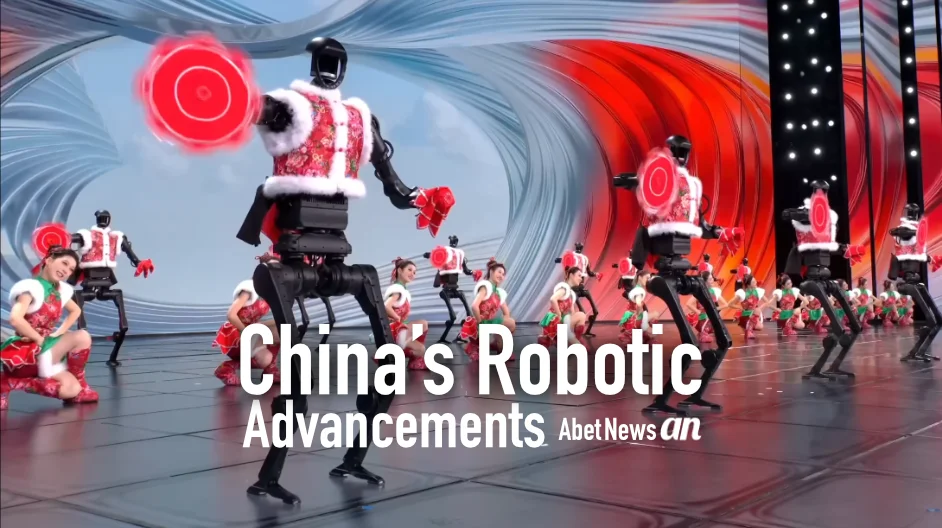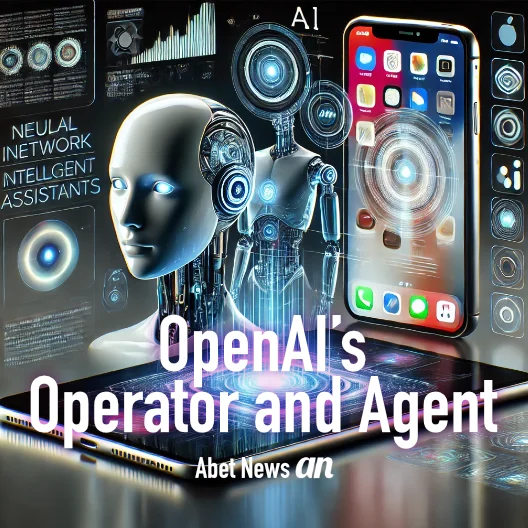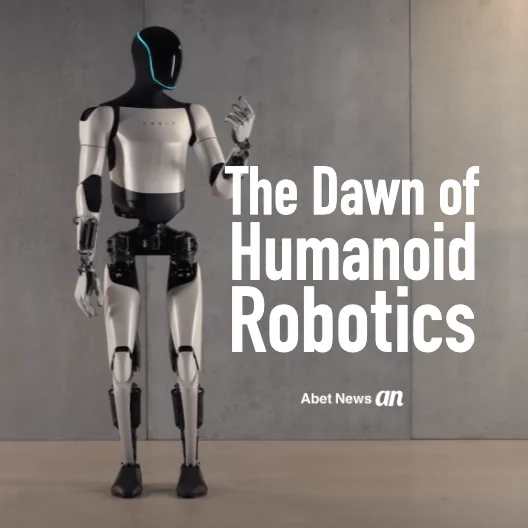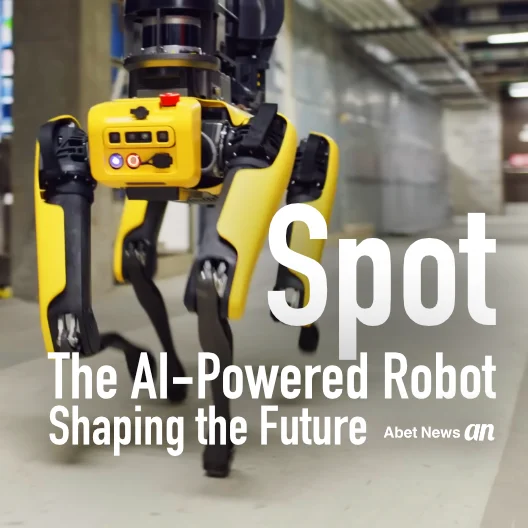China’s Robotic Advancements

The recent debut of Unitree’s H1 humanoid robots at the Spring Festival Gala was nothing short of spectacular. With 16 H1 robots dancing alongside human performers in a traditional Chinese folk dance, the performance directed by renowned filmmaker Zhang Yimou highlighted the perfect blend of technology and culture. This event not only captivated the audience but also showcased China’s progress in the robotics industry.
Overview of the Spring Festival Gala Performance
The Spring Festival Gala featured an impressive performance where 16 H1 robots from Unitree participated in a traditional Chinese folk dance. Directed by Zhang Yimou, the robots exhibited advanced AI-driven full-body motion control, 360° panoramic depth perception, and real-time music synchronization. The precision and agility of the robots’ movements highlighted the technological advancements that have been made in the field of humanoid robotics in China.
Advancements in Humanoid Robotics in China
China has made significant strides in humanoid robotics, with companies like Unitree and EngineAI leading the charge. The Unitree H1 robots showcased at the Spring Festival Gala are equipped with advanced AI technology, allowing them to process high-frequency spatial data in real-time, recognize their positions, and coordinate their movements with precision. Additionally, EngineAI’s SE01 humanoid robot, which mimics human gait and performs tasks like squats and push-ups, exemplifies China’s progress in industrial and domestic applications of robotics.
Advancements in Humanoid Robotics in the US
In the US, companies like Tesla, Agility Robotics, Boston Dynamics, and Figure AI are at the forefront of humanoid robotics. Tesla’s Optimus robot is designed for various functions, from factory assistance to customer service, and aims to be deployed in thousands by 2026. Agility Robotics’ bipedal robot, Cassie, is designed for warehouse logistics and can navigate complex environments. Boston Dynamics’ Atlas robot is known for its agility and ability to perform dynamic movements, such as backflips and parkour. Figure AI’s F.02 humanoid robot, backed by major investors like Microsoft and Nvidia, is already being used by commercial clients.
Military Applications of Humanoid Robotics
The military applications of humanoid robots are a crucial aspect to explore. In China, companies like Agibot are developing humanoid robots for military use, with plans to create a 1,000-strong robot army. These robots can be used for logistics, reconnaissance, and combat support, and are integrated with advanced 5G technology for high-speed, low-latency communication. In the US, the military is also experimenting with humanoid robots, focusing on tasks such as disarming explosives, patrolling hostile territories, and providing logistical support. Companies like Boston Dynamics and Agility Robotics are developing robots that can navigate complex environments and perform dynamic movements, emphasizing versatility and human-robot collaboration.
Comparison and Analysis
While both China and the US are making impressive advancements in humanoid robotics, there are some differences in their approaches and applications. China’s focus on integrating robotics with cultural heritage and large-scale deployment is evident in events like the Spring Festival Gala and the development of a robot army. In contrast, the US emphasizes versatility and commercial deployment, with robots designed for a wide range of tasks from logistics to customer service.

The debut of Unitree’s H1 humanoid robots at the Spring Festival Gala was a remarkable event that showcased the advancements in humanoid robotics in China. As both China and the US continue to innovate in this field, the future of humanoid robotics holds immense potential for various sectors, including culture, industry, and defense.
Asamura





